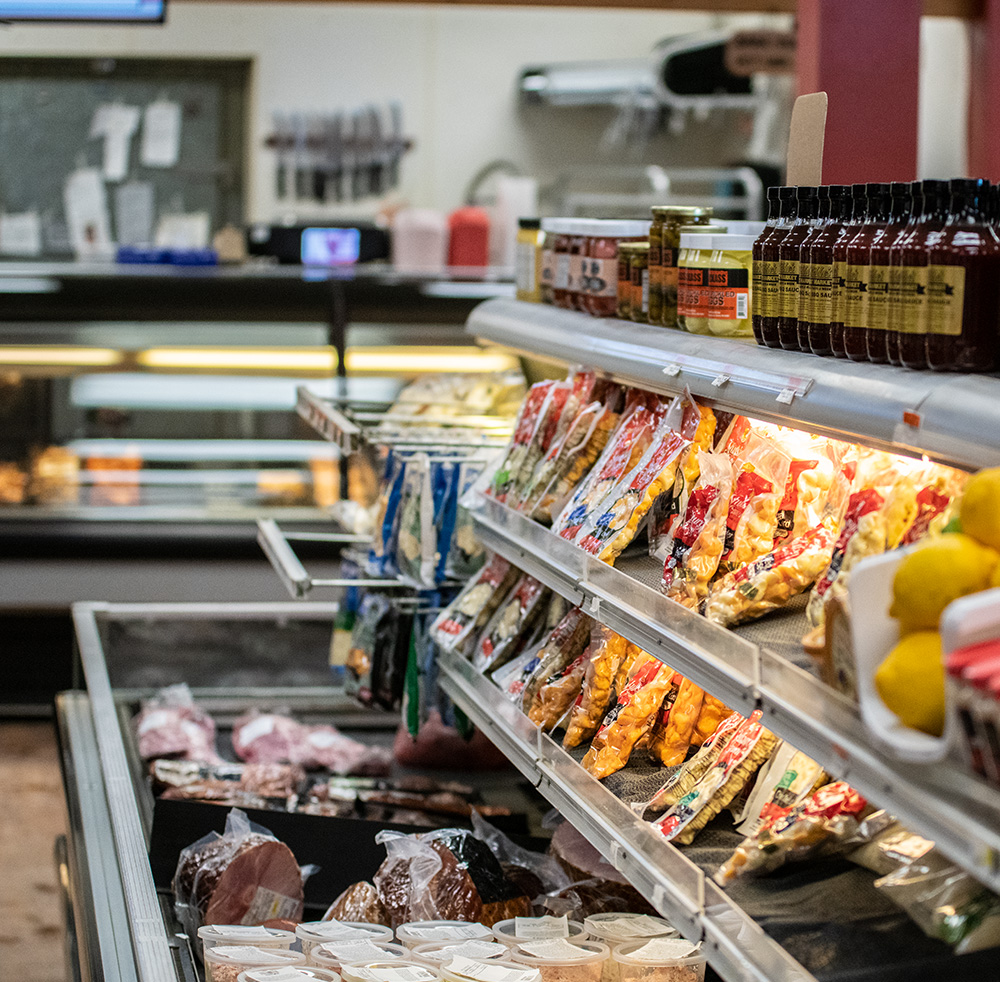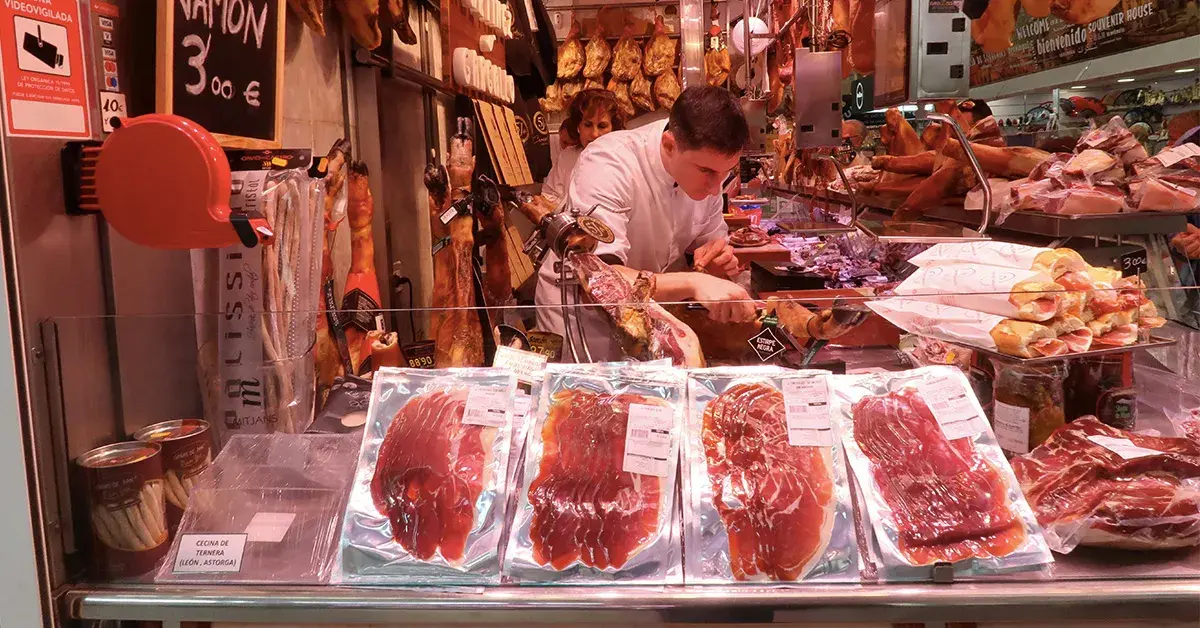Reveal the Art of the Butcher's Cut in a Modern Meat Market
In the ever-evolving landscape of modern meat markets, the butcher's cut has transcended its standard origins, merging olden workmanship with contemporary methods. What really sets the contemporary butcher apart is their ability to forge a much deeper connection in between customers and the origins of their meat.
Advancement of Butchery Methods

The mid-20th century saw butchery strategies even more refined by clinical insights into muscle mass biology and meat aging, boosting both tenderness and preference. Innovations like vacuum cleaner product packaging and refrigeration extended product shelf-life, permitting butchers to diversify offerings and enhance quality assurance. This period additionally noted the rise of customized tools, such as band saws and meat slicers, which increased accuracy and effectiveness in meat handling.
The 21st century has actually introduced digital innovation right into the butchery world. Digital systems now help in tracking animal provenance and optimizing cuts to satisfy details client choices. Furthermore, a resurgence in artisanal butchery has actually emerged, mixing conventional skills with modern-day knowledge to deal with consumers looking for honest and lasting meat alternatives. This development highlights a dynamic interaction between tradition and technology, meeting contemporary needs while preserving the craft's heritage.

Recognizing Meat Cuts

Understanding the intricacies of meat cuts is essential for both butchers and consumers looking for quality and worth. For butchers, accurate cuts mirror ability and respect for the craft, guaranteeing marginal waste and optimum return.
The key categories of meat cuts consist of primal, sub-primal, and retail cuts. Primal cuts, such as the loin, rib, and chuck, are the big areas at first separated from the carcass. Butchers after that damage these down even more into sub-primal cuts, before ultimately producing retail cuts offered to customers, like ribeye or tenderloin. Each phase requires cautious attention to physiological framework and muscular tissue composition.
Recognizing muscle mass composition is crucial; muscle mass used a lot more regularly by the pet have a tendency to be tougher and are best suited for slow cooking techniques, while less-used muscle mass, like those found in the loin, are more tender and perfect for grilling or roasting. Experience with these distinctions equips customers to make enlightened selections, enhancing their cooking endeavors.
Picking Quality Meat
Choosing the best meat involves even more than simply picking an aesthetically appealing piece from the display screen. The art of selecting top quality meat calls for a critical eye and expertise of particular characteristics that symbolize freshness and excellence.
Secondly, think about the marbling, which refers to the white flecks of fat within the muscle. Proper marbling is a key sign of inflammation and flavor, as it melts throughout food preparation, boosting the meat's juiciness. Remember, higher marbling commonly associates official website with exceptional top quality cuts, such as USDA Prime.
Texture is an additional vital factor; meat must really feel solid to the touch, not slimed or overly soft. Additionally, bear in mind the scent. Fresh meat needs to have a clean, neutral smell, without any sour or repulsive smells.
Combining Cuts With Cooking Methods
Effectively combining cuts of meat with the ideal food preparation methods is important for attaining optimum flavor and structure. Different cuts differ in inflammation, marbling, and connective cells content, each requiring specific methods to unlock their possibility. For example, tender cuts like filet mignon and ribeye, with their inherent marbling, benefit from high-heat, quick-cooking methods such as grilling or pan-searing. These approaches enhance the meat's all-natural flavors and ensure a juicy coating.
Conversely, tougher cuts like brisket and chuck roast are rich in collagen, which damages down into gelatin when prepared gradually. These cuts are perfect for braising or sluggish roasting, permitting the meat to soften with time and create deep, intricate flavors. This Site Cuts such as brief ribs and pork shoulder fare well with slow-cooking methods, where prolonged cooking times transform their robust textures right into succulent dishes.
Lamb shanks and oxtail, which need extended cooking to soften, are best candidates for stewing or slow-moving simmering. These methods coax out rich, passionate tastes while keeping wetness. By understanding the special features of each cut, chefs and home cooks alike can boost their culinary creations, guaranteeing each dish is both satisfying and unforgettable.
The Butcher's Role Today
Navigating the evolving landscape of the modern-day meat market, the butcher's role today prolongs beyond simple preparation of cuts. Contemporary butchers are cooking artisans, instructors, and advocates for sustainable techniques. They bridge the void in between the farm and the fork by ensuring ethical sourcing, recognizing animal husbandry, and prioritizing transparency in the supply chain. This change reflects the growing customer need for quality over amount, where provenance and animal welfare are paramount.
Along with crafting precise cuts, butchers currently involve straight with customers, providing cooking recommendations and tailoring choices to match individual demands and choices. Their competence in meat aging, marbling, and flavor profiles equips consumers to make enlightened decisions, improving their culinary experiences. This customized service exhibits the butcher's progressing role as a trusted consultant in the cooking area.
In addition, butchers are pivotal in reducing waste, using whole pets to create diverse this products such as sausages and stocks - bagley farms meat market edwardsville il. This extensive technique not just respects the animal yet likewise straightens with contemporary sustainability objectives. By doing this, the modern-day butcher symbolizes both custom and innovation, adapting to an ever-changing market while protecting the virtuosity and integrity of their craft

Final Thought
Mastery in understanding varied meat cuts and high quality signs empowers butchers to provide educated recommendations, aligning certain cuts with optimum food preparation techniques. By recognizing historic methods while embracing modern demands, the butcher's function continues to be crucial in today's sophisticated meat market.